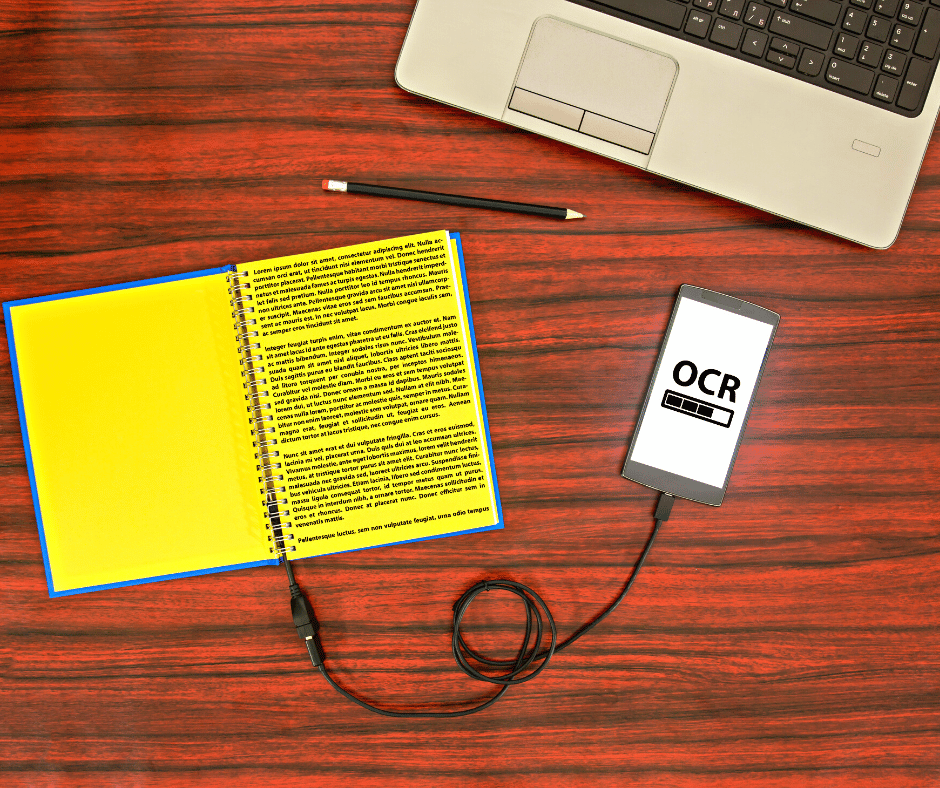One of the most popular methods for handling paperwork effectively nowadays is OCR. Anyone may transform damaged documents into a searchable and editable version with the aid of OCR. It can identify many text styles, including typed and handwritten fonts. There are several types of optical character recognition software available. These take the shape of desktop apps, portable Smartphone scanners, commercial platforms, and server-based systems. Without any assistance from humans, they can convert billions of files. OCR is seen by many as a crucial piece of technology for process automation.
Businesses can resolve several problems with the aid of optical character recognition (OCR) technology. OCR algorithms can convert paper-based documents into editable, searchable text. Additionally, they can extract data from files and input it into the appropriate fields in an association’s IT systems. Let’s discuss how OCR software redefines business processes.
How does OCR function?
Due to the various fonts and possible variants for one letter, it is challenging for computers to identify characters. Things are made even more difficult by handwritten notes. Nevertheless, algorithms for optical character recognition take on this task. Each OCR solution follows these four basic steps to work:
Capturing of images
Physical paper documents are scanned using a scanner to create an image of them. The file is normally displayed to discern between the darker and lighter areas from one.
Pre-processing
To improve the quality of scanned images, the OCR engine corrects flaws using techniques like de-skewing, pattern classification, zoning, and normalisation. The following actions are part of pre-processing:
- Identifying captions, columns, and graphs as blocks through layout analysis
- If the digital document wasn’t correctly oriented while scanning, it can be de-skewed by tilting it to make the lines horizontal.
- enhancing the contrast between the text and background, cleaning up the margins, and removing any dust
- Text detection: Some algorithms identify individual words and break them down into letters, while others work directly with text without separating them into characters.
Figure recognition
Here, original characters from a scanned image or document can be identified using artificial intelligence (AI) methods. The two major methods that can accomplish this are pattern matching and feature extraction. There are two primary methods:
- Pattern identification OCR algorithms compare different characters from the input file to what they have learnt after being trained on a wide range of fonts, text formats, and handwriting styles.
- Feature recognition: Some algorithms recognise characters in input files by using well-known character characteristics, such as crossing and curved lines. The letter “H,” for instance, is represented by two vertical lines and a horizontal line that crosses them. The initial layer in OCR algorithms powered by neural networks aggregates pixels from the input file to produce a basic feature map of the image. This reasoning is distinct from that of traditional OCR algorithms.
Post-processing
After that, the OCR software turns the extracted data into electronic documents. For optimal accuracy, sophisticated optical character reader systems can check extracted data against a character dictionary or library.
Various OCR technologies
Based on what they can collect, different OCR technology groups can be formed. These incorporate:
Image Recognition with OCR (OCR):
Based on an internal database OCR systems may identify handwritten or typed characters.
Word Recognition using OWR (OWR):
OWR is frequently referred to as OCR. For languages where words are separated by spacing, this technique targets typewritten text, one single word at a time.
Recognition of optical marks (OMR):
On a paper document, the OMR type examines watermarks, logos, symbols, marks, and patterns.
Character Recognition with Intelligence (ICR):
To read handwritten or cursive text, ICR employs data capture software. With this technique, the various text parts are examined using machine learning and AI technologies (curves, loops, lines, etc.). One character at a time is recognised and processed by ICR.
Conclusion
Utilizing OCR techniques, businesses save time and money that would otherwise be spent managing unsearchable data. PDFs are typically created from scanned paper documents. After being transferred, organisations can use OCR-processed text data more quickly and easily. If you are looking to convert the scanned images of your Arabic & English documents into accurate, editable, and searchable text files, RDI is one of the reliable OCR engines. They provide several technologies as per your requirements. If you have further questions, feel free to ask us through the comment section.

Leave a Reply
You must be logged in to post a comment.